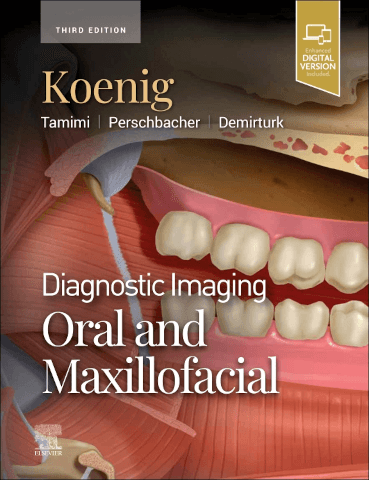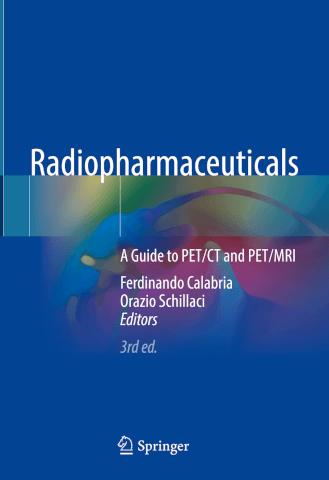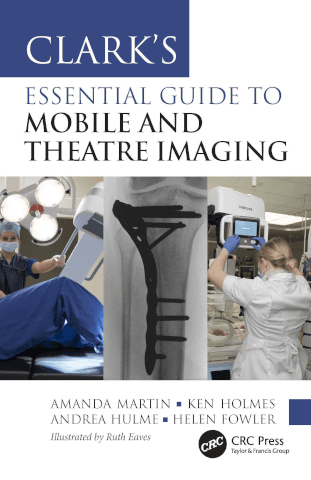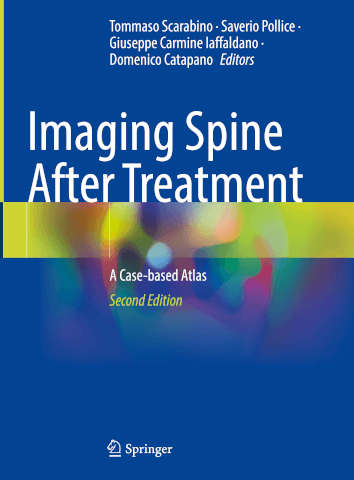
Sectional Anatomy by MRI and CT, fifth edition
Description
New coverage of the cervical spine, brain, and thumb, as well as new on/off labels in the ebook version make this title an essential diagnostic tool for both residents and practicing radiologists.
Additional information
|
Author(s):
Anderson, Fox, Nacey | Anderson, Fox, Nacey |
|
ISBN:
978-0-3239-3448-0 | 978-0-3239-3448-0 |
|
Publisher:
Elsevier | Elsevier |
|
Reviewed by:
Dr Mark Wills, consultant radiologist and departmental RCR college tutor, Salisbury District Hospital | Dr Mark Wills, consultant radiologist and departmental RCR college tutor, Salisbury District Hospital |
Publisher price: £270.99
This 661-page textbook serves as an anatomical atlas for the human body, via the imaging modalities of CT and MR. This is provided through high quality images in the axial, coronal and sagittal planes, alongside a localiser image. The images have colour-coded anatomical labels according to their structure types (eg blood vessel, muscle, tendon, nerve, ligament, neurovascular bundle and bone). Additional structure types that do not fall into these categories are not colour coded. The chapters methodically cover all body systems (the preface indicates that this fifth edition includes new chapters on head CT, brain MRI and cervical spine MRI).
As expected from an atlas, there are no paragraphs of text describing the anatomy. However, readers learning radiological anatomy (including trainees preparing for the FRCR anatomy examination) will be well used to using a radiological atlas alongside a descriptive textbook. This atlas is limited to CT and MRI (and does not include plain radiograph, ultrasound or nuclear medicine images), and therefore may be slightly limited for the FRCR anatomy examination, for example. Its price may be slightly higher than anticipated by a trainee purchasing an atlas in preparation for their examination, particularly when cheaper alternatives exist that include other imaging modalities. It would serve as an excellent reference tool for a reporting radiologist needing to provide detailed anatomical descriptions in their report, and is set at a price point where a single copy could be shared by a radiology department, for example.
The textbook is accompanied by a unique code that allows the reader access to the ebook version (online and via a smartphone or tablet). The ebook version contains the same labelled images as the physical textbook, but also includes the ‘test yourself’ facility (which toggles the labels on/off) as well as a hyperlink to an online ‘learning resources’ javascript website where the images can be accessed and viewed using the zoom function. Although the preface to the textbook refers to the scroll function on this website, I was unable to achieve this and was only able to access each image as an individual slice, rather than a scrollable stack of images. In the current era of rapid access to radiological anatomy via scrollable images on a smart device app or website, it is a shame that purchasing this textbook does not provide the reader with this level of interaction with the images.
Nevertheless, this is a high quality and extremely detailed textbook that would be invaluable to a radiologist throughout their career.
To purchase this title at our discounted rate email: katherine@radmagazine.com.



